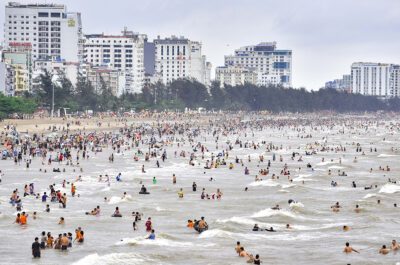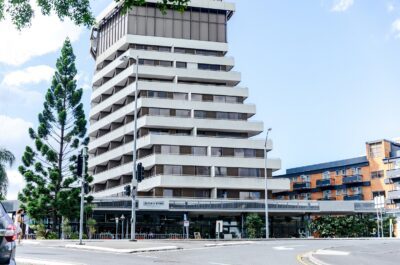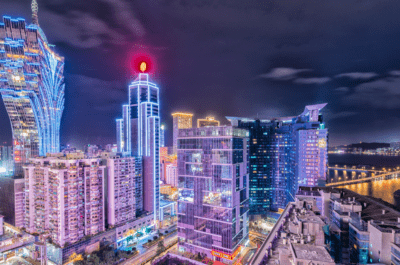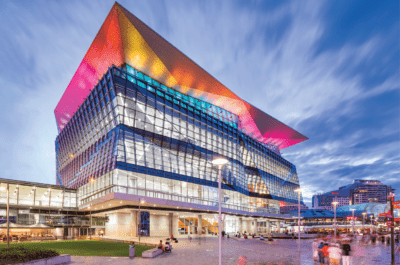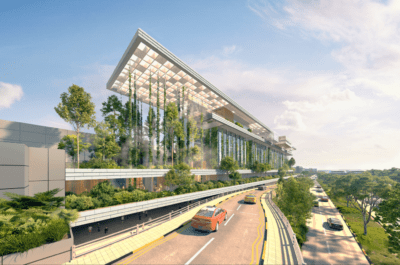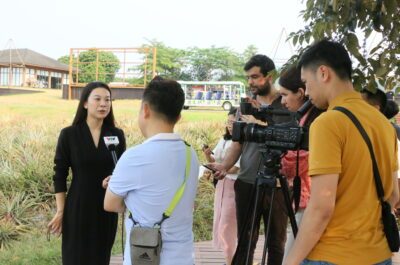The historical site of Bagan, one of the most dramatic historical places in Asia with thousands of temples and stupas, will not see any new hotels being developed. A strict move as authorities want to see Bagan inscribed as a UNESCO world heritage site.
BAGAN- This is one of Asia’s most extraordinary historical and cultural site. In a vast fertile plain of fields and hills, thousands of stupas and towers of temples emerge at regular interval, shaping a unique landscape. Bagan is a miracle of mankind but it is also turning increasingly as the next opportunity for business. Difficult to resist indeed the temptation to maximize profits in a zone where over 2,500 temples from the 10th to the 14th centuries are waiting to be seen by potential millions of visitors. If looking at neighbouring Cambodia with Angkor Wat, Bagan could become the next biggest historical “must-see” in
Southeast Asia.
The Myanmar news website “Democratic Voice of Burma” (DVB) reported a week ago that new building work will not be authorised anymore while the government hopes to achieve World Heritage status for the site from UNESCO. According to the website, representative from the President’s Office, Soe Thein, declared that despite the government’s commitment to preserve to the site, it was not possible to block construction agreements signed by the previous government.
Soe Thein blames the previous military regime for the construction of unsightly and potentially damaging hotels in the heart of the ancient complex, which, according to the Burmese government’s application to UNESCO, boasts over 2,500 individual temples, built between the 10th to the 14th centuries AD.
“Bagan Archeological Area and Monuments”, UNESCO’s official name for the site, has been waiting to be turned into a UNESCO World Heritage site since 1996. However, plans were jeopardized when the former military regime decided to withdraw its application to gain the coveted status following requests by the UN cultural agency for transparency in maintenance, funding and administration. The use of modern materials to repair some of the temples or the lack of respect in new constructions to keep the original architecture of the new buildings raised already criticism in the past from UNESCO experts.
Bagan currently has four hotel zones which record some 75 hotels and guesthouses at the moment. Plans have already been approved for a fifth zone while 17 new hotels are currently under construction, according to the DVB. Some 200,000 foreign tourists came to Bagan in 2013. A number ten times inferior to the number of visitors in Angkor Wat. According to Cambodian data, the Angkor Wat complex of temples received in 2013 over two million international visitors. The UNESCO last year warned Cambodian authorities that Angkor Wat had reached its capacity ceiling and world heritage environment was at risk.
Luc Citrinot a French national is a freelance journalist and consultant in tourism and air transport with over 20 years experience. Based in Paris and Bangkok, he works for various travel and air transport trade publications in Europe and Asia.






